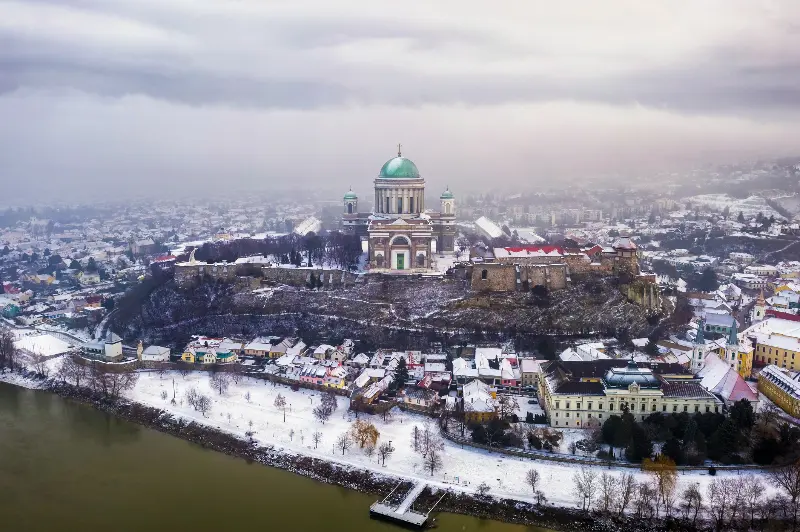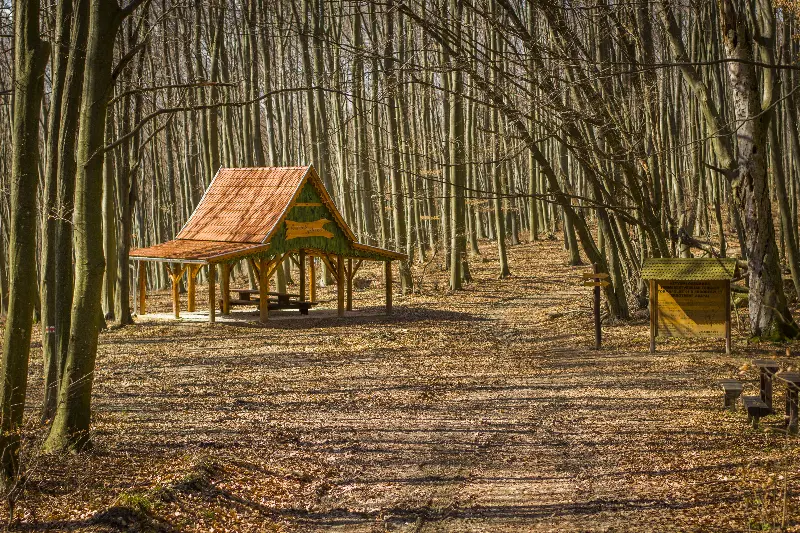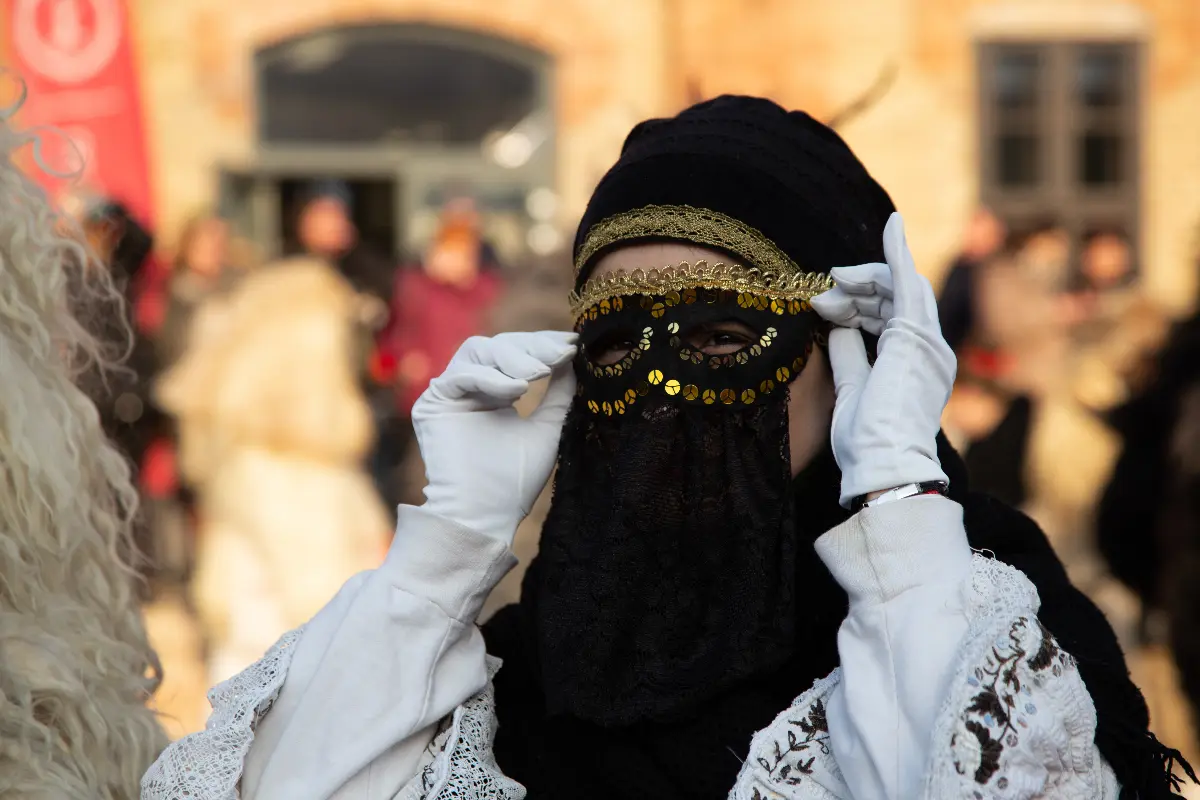
Helyszín címkék:
Masked natives, “hen-roosting” and wine tasting: that’s how people chase out the winter in some places!
Hype&Hyper
In many places, the last day of the carnival was also the day of forming couples. The lads then pinned on their hats the bouquets of the chosen maidens, which they could receive from the girls who would have been willing to marry them. On the second day, it was customary to hold the Women’s Carnival, when women could have even more fun. On the last day of the late carnival, a straw effigy or coffin was burned, symbolically marking the end of winter. To our delight, there is still a wide variety of folk traditions alive today, and in addition to the best-known ones, more and more places are reviving old traditions.
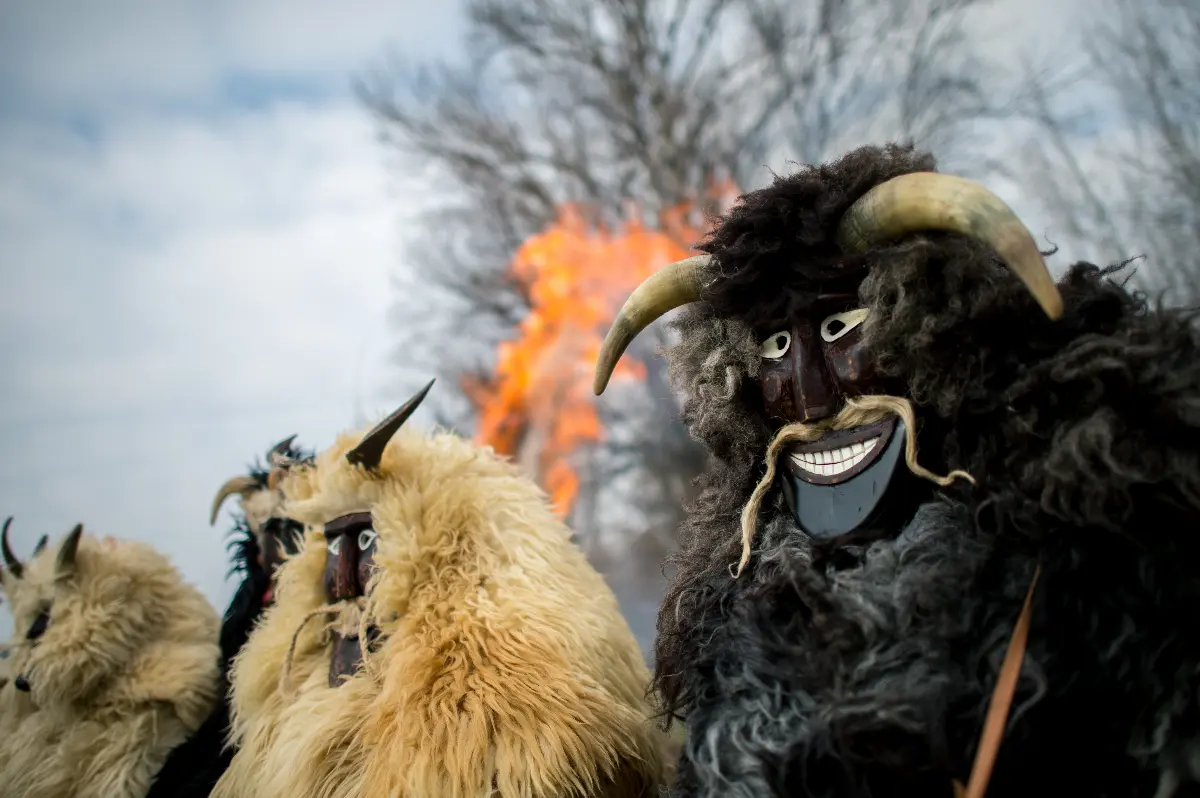
The “busó” figures
It is “suitable” to talk about winter-chasing Hungarian folk traditions together with the Mohács busó procession, especially since the winter burial custom was inscribed by UNESCO on the Representative List of the Intangible Cultural Heritage of Humanity in 2009. The busós are frightening, wooden-faced, fur-clad figures who parade with dancing, music, bands, and various noisemaking tools, and at the end of the day burn the coffin that symbolizes winter. While saying goodbye to winter, they also welcome spring. The legend of Mohács is connected to the expulsion of the Turks: the natives fled to the marshlands, then crossed the Danube at night, dressed in frightening masks, to drive the Turks away.
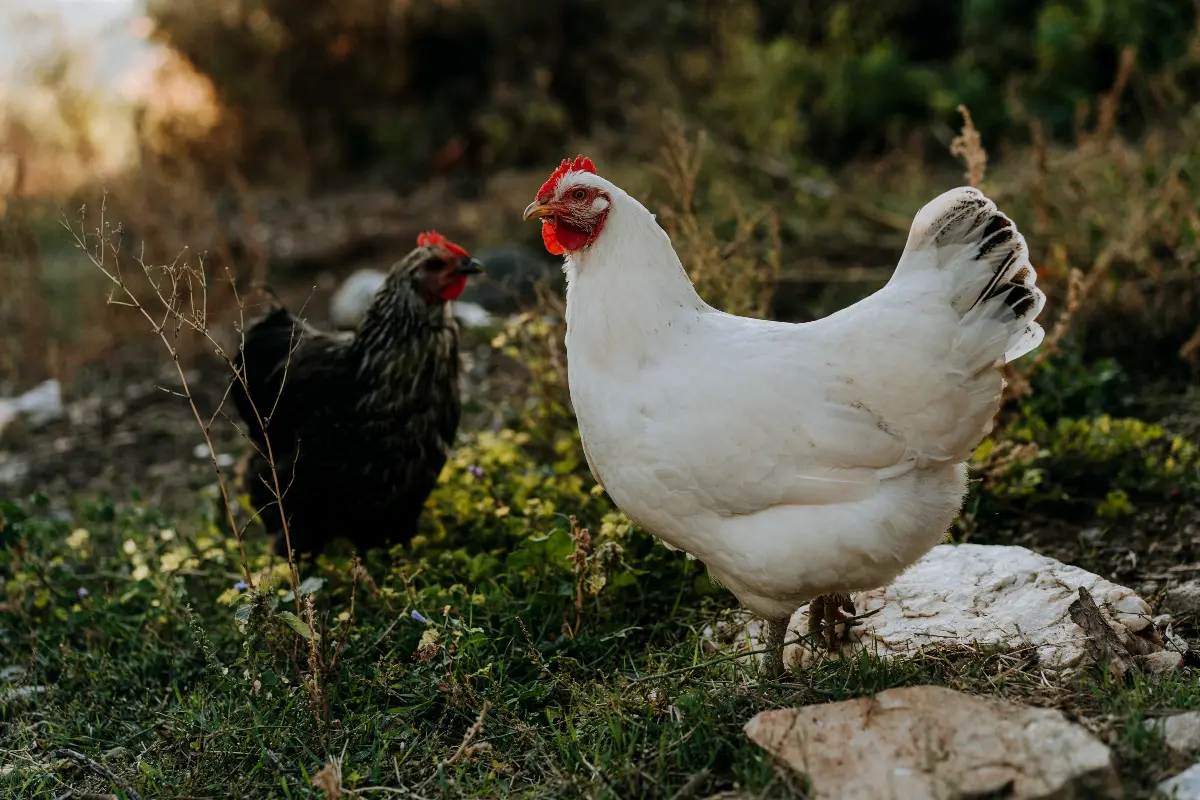
A similar folk custom is the ‘tikverőzés’ in Moha, which has a tradition of more than a hundred years and is performed on Shrove Tuesday. On this day, the lads dress up in costumes – as a clown in rag stripes, a straw Turkman in white, a luck-bringing chimney sweep or even a girl – and go from house to house collecting eggs from the hen houses. Meanwhile, the hens’ backsides are symbolically “whipped” to promote fertility. As part of the ceremony, soot is smeared on the householders and passers-by, while the guests are given doughnuts and wine. The eggs collected are used to make scrambled eggs for the evening’s dinner. ‘Tikverőzés’ was inscribed on the National Register of Intangible Cultural Heritage in 2011.

Winter is also coming to an end with a festival in the centre of Szentendre, where the carnival of Venice is evoked with the Carnival Tail Festival, a farewell to the cold season with masquerades, stuntmen and, of course, folk music. After nightfall, the Main Square gets bathed in carnival lights, followed by a torch-lit parade and fire jugglers.
The tradition-keeping winter carnival in Panyola is also becoming more and more popular, starting with a traditional village pig slaughter and the inevitable Panyola traditional pálinka (brandy) and pig roast. Finally, it ends with a big celebration after a costume parade.
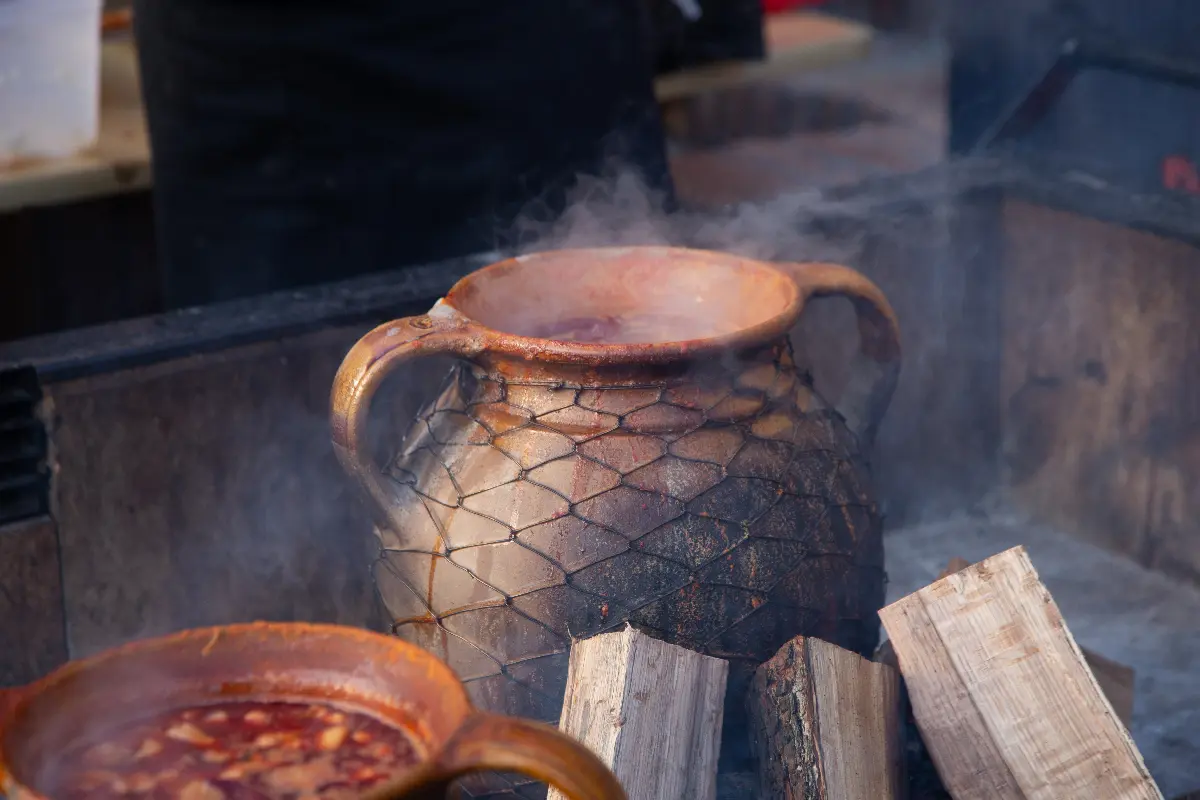
It’s time for new wine
A festive winter burial celebration is also held in Tihany, where the Tihany New Wine Competition is part of the village-wide banzai, in addition to the masquerades and the noise. Guests can taste the specialities in the form of mulled wine, as a kind of protection against the cold.
Hungary is therefore even more worth visiting during the carnival season, when the atmosphere in the various towns and villages is unique. The traditions are still alive and well, and it’s safe to say that anyone who enjoys taking part in a particular wintertime tradition can have a memorable experience.

